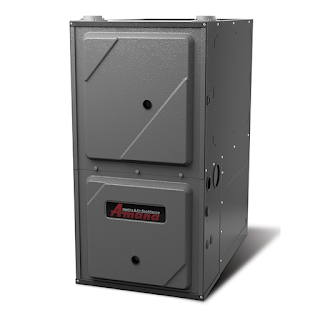Looking to extend the life of your family’s newest addition? One of the most costly energy appliances in your home, your new furnace it critical to your family’s health, safety, and savings goals. If you’ve recently installed a new furnace in your home, you want to make it last. Learn how to avoid the cost and hassle of an untimely replacement.
Your New Furnace will Need the Occasional TLC
Just as your automobile needs regular oil changes and wiper blades, your new furnace has a few basic maintenance needs as well. These include:
- Annual Preventative Maintenance
Regular preventative maintenance, scheduled in the fall before your new furnace undergoes the stress of operating under temperatures extremes, is necessary once a year. During this routine service, heat repair companies will inspect the furnace’s blower motor fan to ensuring smooth operation and proper airflow. Your system will also be inspected to avoid issues such as weak capacitors, loose electrical connections, and thermostat calibrations, addressing issues before the need for emergency service occurs. In combustion-style systems, technicians will also check heat exchangers and combustion levels and other issues that could potentially expose your family to deadly gas leaks and carbon monoxide. - Regular Air Filter Replacements
Home air filters are one of the most common reasons for emergency HVAC service calls. Clogged, disgusting air filters restrict airflow and force your furnace to work harder to move conditioned air, taking a toll on the lifespan of the system. Check your filter monthly, changing it every 3-months, minimally. Pets or kids? Home under construction? Expect more frequent changes. - Sealed, Insulated Ducts
Are you paying to heat your basement or attic? If at the time your ductwork is inspected leaks are detected, they must be addressed. Leaky ducts can negatively impact furnace efficiency by 20% or more, forcing your system to work harder to keep your home warm as heated air escapes into uninsulated spaces. Ensure all ductwork is properly connected, sealed, and insulated to protect your furnace investment.
These tasks not only safeguard the lifespan of your new furnace, but ensures more efficient operation, lowering energy bills.
The Ductwork Connected To Your Furnace Can Affect Furnace Lifespan
Heating units connected to dirty, obstructed ductwork and vents must struggle to move air throughout your home. In this event, while your furnace is being serviced, your technician may suggest a duct cleaning. You can prevent the need for ductwork cleaning with the regular replacement of your furnace air filter. This will prevent the accumulation of dust and debris in your ducts, as well as keep furnace system components clean. This will not only safeguard the efficiency and lifespan of your system, but improve indoor air quality in your home as well.
Safeguard your furnace with the help of an experienced heating service and maintenance company you can trust, keeping your new furnace with your home and family for many years to come. Contact H&H Heating & Cooling and learn more about how our Comfort Club Agreements can help you safeguard your new furnace today.
This blog was originally posted on https://www.delcohvac.com/just-installed-a-new-furnace-this-is-how-you-can-extend-its-life/



